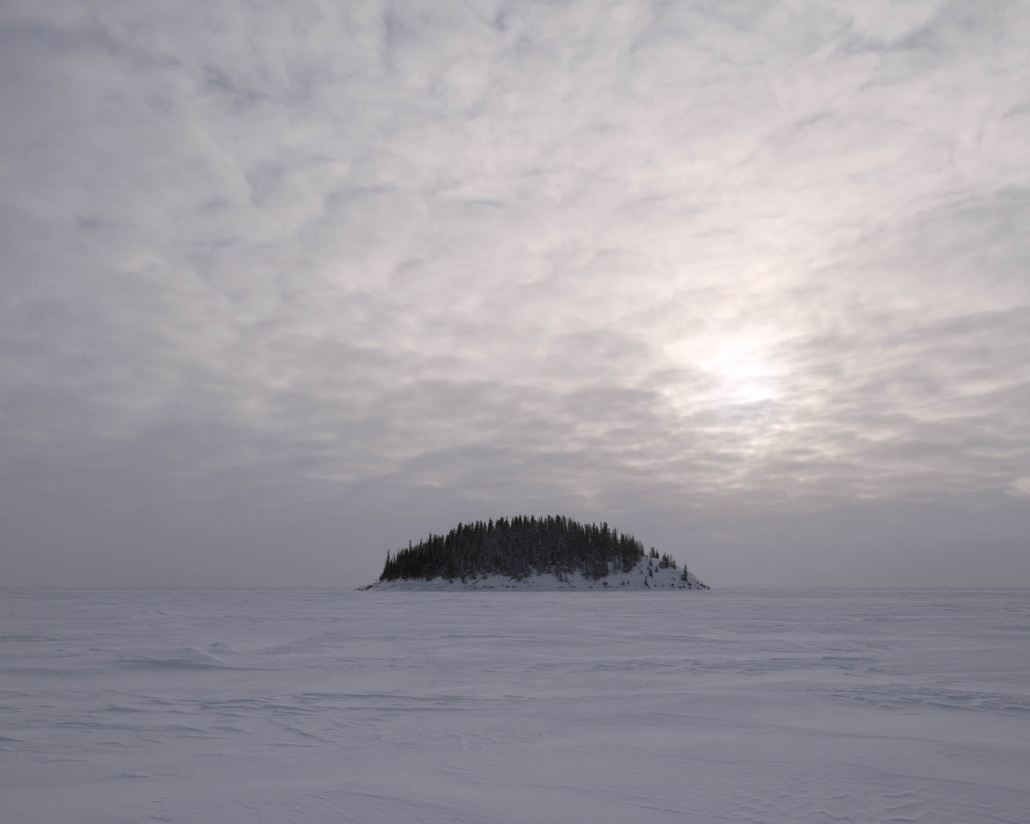This post is also available in:
 Anglais
Anglais
Contaminations propose une réflexion sur les pollutions industrielles irrémédiables, transformant pour des décennies, voire des siècles, des territoires en zones impropres au développement de la vie. Un tour du monde de zones contaminées par l’Homme du 21ème siècle et ses industries chimiques, minières ou nucléaires, qui laisse des pans entiers de notre planète souillés, en héritage pour les générations à venir.
Anniston aux États-Unis, Dzerjinsk en Russie, Fort Chipewyan au Canada, Regencia au Brésil, Fukushima au Japon, « la Terre des feux », à côté de Naples, jusqu’au milieu du Pacifique, pollué par des milliards de tonnes de micro plastiques : autant de zones devenues impropres au développement humain où des hommes, des femmes, des enfants continuent de vivre au péril de leur santé.
Des millions de km² contaminés aux produits chimiques, aux hydrocarbures, à la radioactivité… et où les populations captives affichent des taux de cancer anormalement élevés.
Samuel Bollendorff s’est rendu sur ces lieux de contaminations où l’indifférence continue de profiter aux exploitants alors que les populations périssent en silence. « Contaminations » décrypte en sept chapitres les ravages irréversibles de l’activité humaine sur les peuples et le climat.
For 2018, I chose to travel the earth. It is a small planet and can be covered in a matter of hours. Wherever I have looked I have seen darkness: a river, dead, over a distance of 650 kilometres, deformed fish, radioactive forests, children born with no eyes, the mafia dealing in toxic waste, plastic adrift in the ocean forming particles that are now part of a grotesque food chain. How have we let this happen?
Contamination addresses cases of irredeemable industrial pollution which, over decades and even centuries, has turned land into areas unfit for living beings. Here we have a world tour of areas contaminated by humans in the 21th century, by the chemical, mining and nuclear industries, where entire swathes of the planet earth have been fouled for generations to come.
Methane, prussic acid, phosgene, ethylene oxide, polyvinyl chloride and phenols; arsenic, cyanide and chlorine derivatives; hydrogen sulphide, caustic soda, petroleum, bisphenols, DDT and PCBs are compounds now present in the soil, water and food chain, and it could be decades or centuries, or sometimes even millennia, before they return to levels that can be tolerated by humans.
Given these facts, the PR/Communication statements from industry appear to be both cynical and antagonistic. Spokespersons for oil companies, when talking about the mining of oil sands, claim they are producing green energy. In Brazil, polluters notorious for corrupt practices are never found guilty. In Fukushima, TEPCO, the operator of the nuclear power plant, has lobbied to dump millions of liters of contaminated water into the ocean; and rates of cancer have soared. But industry will not miss out on the prospect of making a dollar.
For twenty years I have been working on social issues, and invariably thought that such stories were not mine. Perhaps I believed I could shield myself from the impact of the experiences of those vulnerable beings, thinking I was lucky enough not to be in the same situation as the people I was photographing. Now I have crossed the world, and seen how vulnerable the planet Earth is. We have produced waste which is everywhere, contaminating land, sea and air. The vast oceans are littered with filth, all the way to Polar Regions, and there are already thousands of tons of debris in outer space. To continue thus is to be blind. These stories are ours.
Samuel Bollendorff
© Agence VU' - ABVENT Group 2020
Du 09/10/2020 au 25/11/2020
Galerie Le Carré d'Art - Centre Culturel Pôle Sud
1 rue de la Conterie
35131 Chartres de Bretagne
France
Horaires : Du mardi au vendredi de 14h à 18h30 Le samedi de 10h à 12h30 et de 13h30 à 17h
Téléphone : 02.99.77.13.27
www.agencevu.com
NEWSLETTER
Pour recevoir nos informations, inscrivez votre adresse email.EN SAVOIR PLUS

Pour Que l’Esprit Vive,
Association loi 1901 reconnue d’utilité publique
Siège social
20 rue Lalande,
75014 Paris – France


